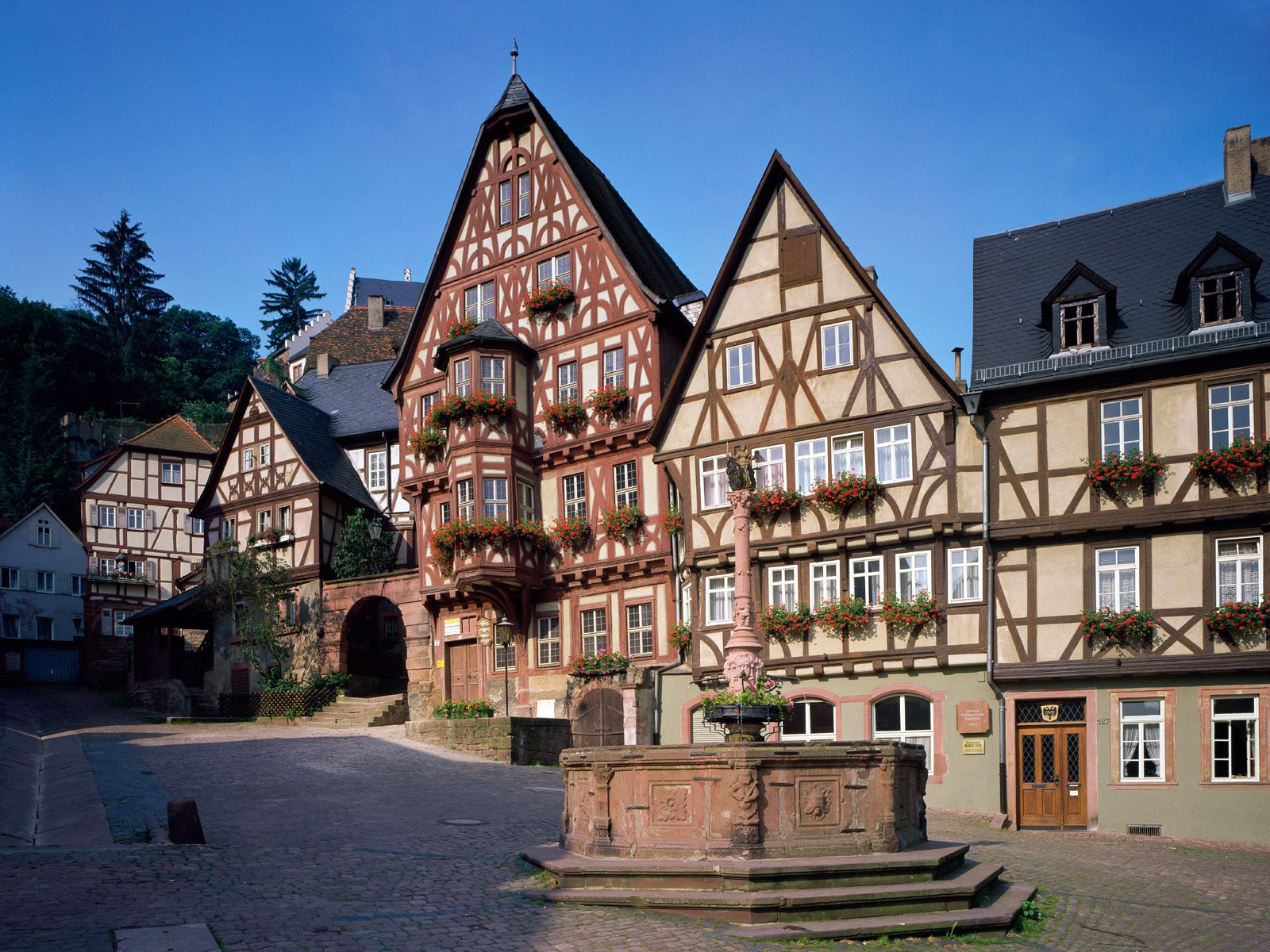Global Travel Information
Etosha National Park, Namibia
The Etosha Pan: A Mirage of Life in Namibia’s Great White Place
In the heart of northern Namibia, a land already defined by its stark and dramatic beauty, lies a landscape so surreal it feels like a dream. This is Etosha National Park, one of Africa’s greatest and most unique wildlife sanctuaries. Its name, derived from the Ovambo language, means “Great White Place,” a direct and poetic reference to its most defining feature: the vast, blindingly white Etosha Pan. This 4,800-square-kilometer depression of cracked clay is not a void of life, but rather a colossal stage upon which the ancient, brutal, and beautiful drama of survival plays out daily under the relentless African sun.

The pan itself is a relic of a prehistoric inland lake, fed by the Kunene River millennia ago. As the climate shifted and the river changed its course, the lake evaporated, leaving behind a mineral-rich, desolate plain. For much of the year, it is a haunting expanse of mirages and heat shimmer, where ghostly oryx appear to float above the ground. Yet, this apparent emptiness is an illusion. The pan is the park’s gravitational core, dictating the rhythms of life for every creature within its boundaries. Its mineral salts seep into the surrounding soil, fostering a unique flora that can tolerate the saline conditions, and its flat, open nature provides unparalleled visibility, making Etosha a premier destination for wildlife viewing.
Unlike the dense bush of many other African parks, where spotting game can be a game of patience and luck, Etosha’s ecology revolves around a network of waterholes. Scattered along the southern edge of the pan are these vital oases, both natural and man-made. They are the park’s social hubs, news centers, and theaters of predation. Here, one can simply park a vehicle and wait for the cast to arrive. The supporting actors appear first: flocks of elegant sandgrouse fluttering in for their daily drink, comical dwarf mongooses scurrying at the edges, and the ubiquitous springbok, their white rumps flashing as they pronk across the plains in pure, exuberant joy.
As the heat of the day intensifies, the headliners emerge. Towering, dust-coated elephant herds materialize from the thorn scrub, marching with ancient purpose towards the water. The matriarch leads cautiously, her trunk testing the wind for the scent of danger. The calves, protected in the center of the group, stumble playfully into the water to drink and cool off. It is a scene of profound tenderness, set against a backdrop of harsh survival.
But the waterhole is a place of tension. The same life-giving water that attracts the prey also draws the predators. A pride of lions, tawny and powerful, often lounges in the scant shade of a mopane tree, their satiated bellies rising and falling rhythmically. They are the undisputed kings, conserving energy for the cooler hours of the hunt. Meanwhile, the more solitary leopard is a ghost, its presence often only betrayed by a nervous alarm call from a tree or a flock of alarmed birds. The endangered black rhinoceros, a living fossil of immense power and gentleness, is one of Etosha’s most celebrated residents. Seeing one of these prehistoric beasts coming to drink at dusk, its form silhouetted against the setting sun, is a privilege that speaks to the park’s critical conservation role.
Perhaps the most iconic of Etosha’s residents is the gemsbok, or oryx. This antelope, with its long, rapier-like horns and striking black-and-white facial markings, is the spirit of the arid land. Incredibly adapted to the harsh conditions, it can raise its body temperature to avoid sweating and extract moisture from the roots of the plants it eats. To see a herd of oryx marching single-file across the pan, their images wavering in the heat haze, is to witness a perfect adaptation to this unforgiving environment.
The drama unfolds not in a single, fleeting moment, but over the languid arc of an Etosha day. Dawn breaks with a chill in the air and a chorus of birdlife. The air is clear, perfect for photography as animals are most active. Midday brings a profound, heavy silence, broken only by the buzz of insects as most creatures seek shelter. But it is the sunset that provides the park’s most breathtaking spectacle. The sky, vast and unobstructed, erupts in a fire of oranges, reds, and purples, reflected in the water of the pan and the drinking holes. As the light fades, the spotlight shifts. Nocturnal creatures begin to stir. The eerie whoop of the black-backed jackal echoes across the plains, and the air is pierced by the rasping saw of a leopard. Under a blanket of stars so dense and bright they feel within reach, the night shift takes over.
Etosha is more than just a collection of animals; it is a complete ecosystem laid bare. The absence of dense vegetation removes any veil between the observer and the observed. There is no hiding, no pretence. You witness the raw, unvarnished circle of life: the frantic chase, the successful kill, the vulnerable birth, the slow march of an old elephant towards its final resting place. It is a humbling experience that strips away the comforts of modernity and reminds us of the fundamental realities of existence.
Conservation is the silent, ongoing effort that makes this all possible. From anti-poaching patrols protecting the precious rhino to the careful management of water resources, the park is a testament to Namibia’s progressive approach to wildlife stewardship. It is a fragile balance, constantly threatened by climate change and human pressures beyond its borders, yet it endures.
To visit Etosha is to understand the meaning of resilience. It is to appreciate that life does not just persist in abundance; it flourishes with breathtaking tenacity against all odds. It is a place of stark contrasts—blinding white and deep green, devastating thirst and life-giving water, violent death and tender new life. In the heart of the Great White Place, one finds not emptiness, but the very essence of Africa itself: beautiful, brutal, and utterly unforgettable.
相关文章
- Elbe River Amusement Parks: Rides with River Views
- Elbe River Camping Spots: Pitch a Tent by the Water
- Elbe River Glamping Sites: Luxury Camping Along the Banks
- Elbe River RV Parks: Stay in Your Camper Near the River
- Elbe River B&Bs: Cozy Accommodations with a Personal Touch
- Elbe River Hostels: Budget Stays for Young Travelers
- Elbe River Business Travel Guide: Meetings & Events Near the Water
- Elbe River Conference Venues: Spaces with River Views
- Elbe River Wedding Venues: Tie the Knot by the Water
- Elbe River Funeral Services: Respectful Locations Along the Banks
发表评论
评论列表
- 这篇文章还没有收到评论,赶紧来抢沙发吧~


